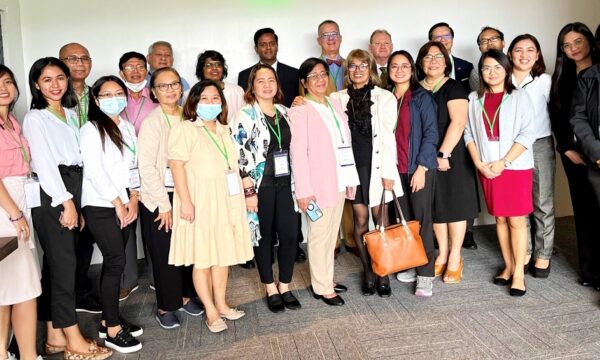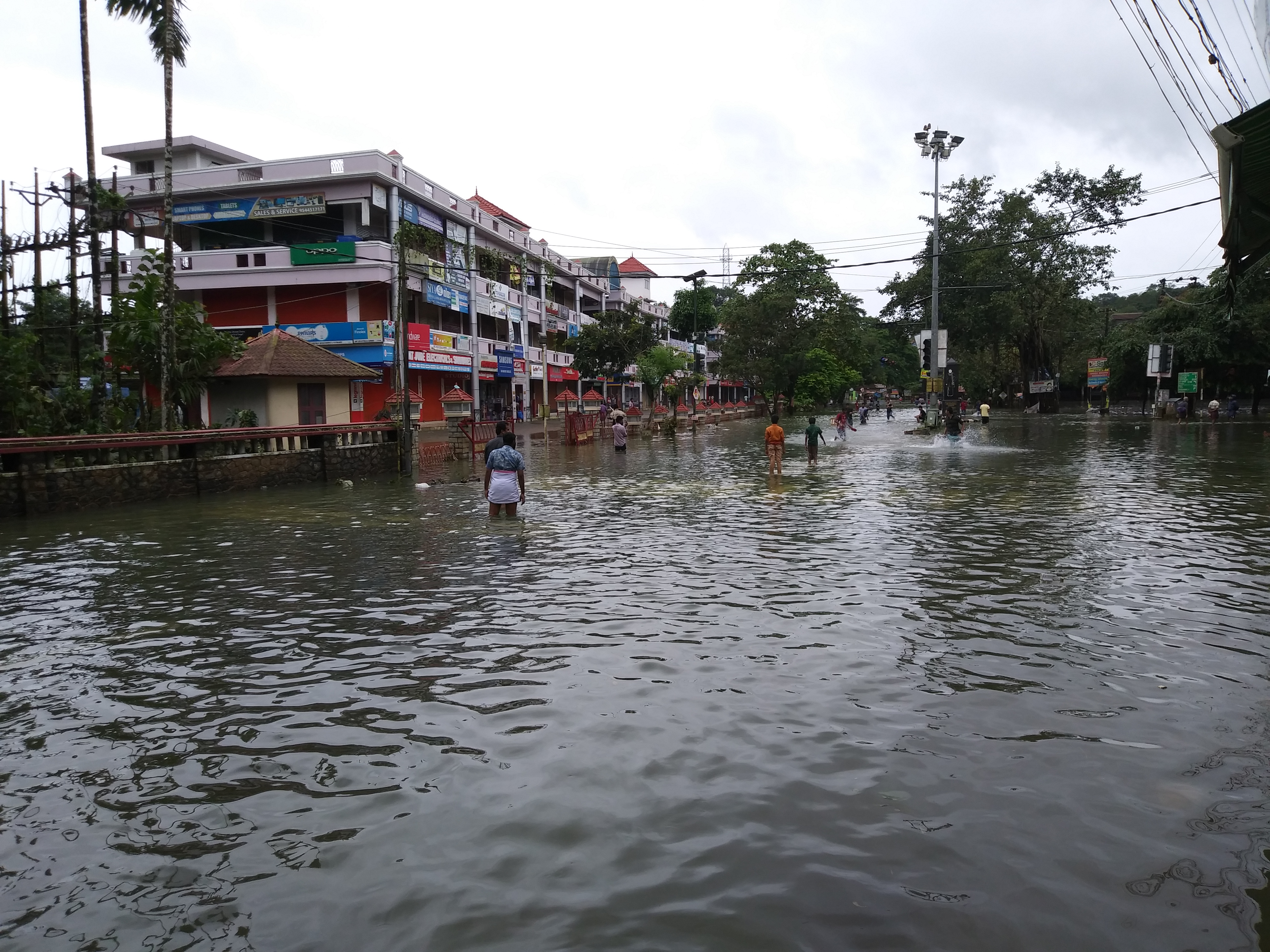Indigenous peoples are characterised by having their own land to which they are connected at various levels, and protecting this special relationship has attracted a great deal of media attention recently. Demonstrations have resumed demanding a stop to the construction of Keystone XL and Dakota Access pipelines for oil transportation as campaigners and experts say these pipelines would threaten Native American reservations yet create only a few dozen permanent jobs. These conflicts reflect deeper issues than sheer disagreements about economic interests and land ownership – they reveal two fundamentally different approaches to relating with nature. Below, I explain how viewing the planet as a supplier of resources or as a provider of nurturance may even determine our success in living sustainably as a global community.
From tackling carbon emissions in Colombia to reversing land degradation in Angola, the practical knowledge indigenous communities share with scientists, NGOs and policy-makers can help advance sustainable development. As indigenous peoples typically live in a close relationship with their land, they possess unique information about the local species and ecosystems. In addition to practical knowledge, indigenous peoples can educate the rest of us on more abstract matters as well. Indigenous cultures often encourage a respectful and reciprocal relationship with the earth, which is something that modern nature conservation and sustainability efforts could emphasise more.
For example, the mutual and naturally sustainable relationship many indigenous communities have with their land is demonstrated by how The Assembly of First Nations of the United Nations recommends using natural resources. “Indigenous peoples are caretakers of Mother Earth and realise and respect her gifts of water, air and fire,” representatives of the assembly declare. “Everything is taken and used with the understanding that we take only what we need, and we must use great care and be aware of how we take and how much of it so that future generations will not be put in peril,” they continue.
This approach towards nature reminds me of the philosopher Martin Buber’s writings on dialogical existence. In Buber’s terms, the special bond many indigenous peoples have with their land is a two-sided ‘I and Thou’ relationship. When people engage with the world in this way, they focus on the uniqueness of the other party and open up to listening and responding genuinely, allowing a close bond to emerge. On the contrary, when humans engage with the world through ‘I and It’ relationships, they focus on gaining something from the other party, for example, from nature. These relationships are one-sided, alienating and control-seeking. In this context, modern nature conservation and sustainability efforts sound more like ‘I-It’ than ‘I-Thou’ relationships; they are often explained by the need to maintain ecosystem services – natural phenomena like pollination or decomposition that benefit humankind. Therefore, our species may not reach a balance with the rest of the planet until we learn to form two-sided relationships with nature.
The mismatch between the amount of information available on sustainable development and a lack of collective will to change our business-as-usual lifestyles suggests that we have not yet tackled the root causes fuelling environmentally destructive behaviour. I would argue that research has largely neglected a key piece of the puzzle – our own unhealthy relationship with the earth. Many of us are so accustomed to consuming rather than appreciating both material goods and experiences that it would take practice to start engaging with the world in a new kind of way.
Indigenous communities are often settled in rural areas where suffering from low income, discrimination and health issues is not uncommon. Regardless of their possible material poverty, these people hold a rich source of indigenous knowledge – both practical and philosophical – that should be fully utilised if we are to increase sustainability.
—
On the other side of the world from the demonstrations of Standing Rock, indigenous peoples have received better news; a national park in New Zealand was granted legal personhood to help the Maori people look after the area. The case was a breakthrough, and it will serve as a prime example of promoting ‘I and Thou’ relationships between humans and nature.
Related News & Blogs
The climate crisis disproportionately affects women and girls. We need to act on climate change and gender!
Women are often left in the shadows when it comes to addressing the climate crisis, even though they are at the forefront and can offer unique insights. The climate crisis does not affect everyone equally. Women and girls are more likely to experience…
13 October 2023





